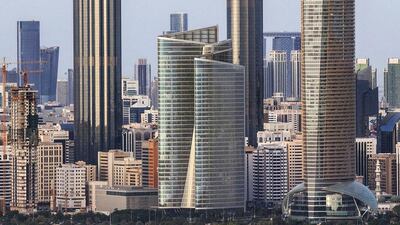Economic sentiment in the UAE and Saudi Arabia ticked up slightly in February, following a mild recovery in oil prices from the 12-year lows scraped the month before, according to a monthly survey.
The UAE purchasing managers’ index, a measure of business activity, increased slightly to 53.1 in February, up from 52.7 the previous month. A score above 50.0 indicates that the economy is expanding.
But the index remained close to its all-time low, and was down significantly against February 2015’s score of 58.1.
In Saudi Arabia, the monthly PMI increased to 54.4 – up marginally against the kingdom’s lowest ever score of 53.9 in January.
Meanwhile in Egypt, the PMI came in at 48.1 last month compared with 48 in January as there was no improvement in business conditions and costs rose.
The survey showed the unemployment rate rose for the ninth month in a row as the non-oil private sector reported further job losses last month.
PMI scores are used as a proxy for economic growth, and have a strong correlation with actual economic activity. Official quarterly GDP figures are delayed significantly in both the UAE and Saudi Arabia, meaning that data used to gauge economic activity is patchy.
“The modest rise in whole economy PMIs in the Gulf last month probably reflects a boost to sentiment on the back of the recovery in oil prices from their January lows,” wrote Jason Tuvey, emerging markets economist at Capital Economics, in a research note. “The big picture, however, is that activity is subdued and we expect growth to slow this year.”
“With oil prices still languishing at less than $40 per barrel, fiscal consolidation will have to continue apace, and this will weigh on growth in non-oil sectors,” he wrote.
The Gulf has suffered as oil prices collapsed from highs of $110 per barrel in June 2014 to around $35 per barrel now. That has hit government revenues in a region where the state plays a major role in economic activity.
Gulf governments have started to cut public spending in response to widening fiscal deficits, which economists believe will further slow growth in the region. The UAE cut spending by 21 per cent year-on-year in the third quarter of 2015, the last period for which data is available. Saudi Arabia plans to trim its spending plans by 13 per cent in 2016.
The Gulf also plans to introduce a sales tax by January 1 2019, which analysts worry could further dent growth in the region.
abouyamourn@thenational.ae
Follow The National's Business section on Twitter

